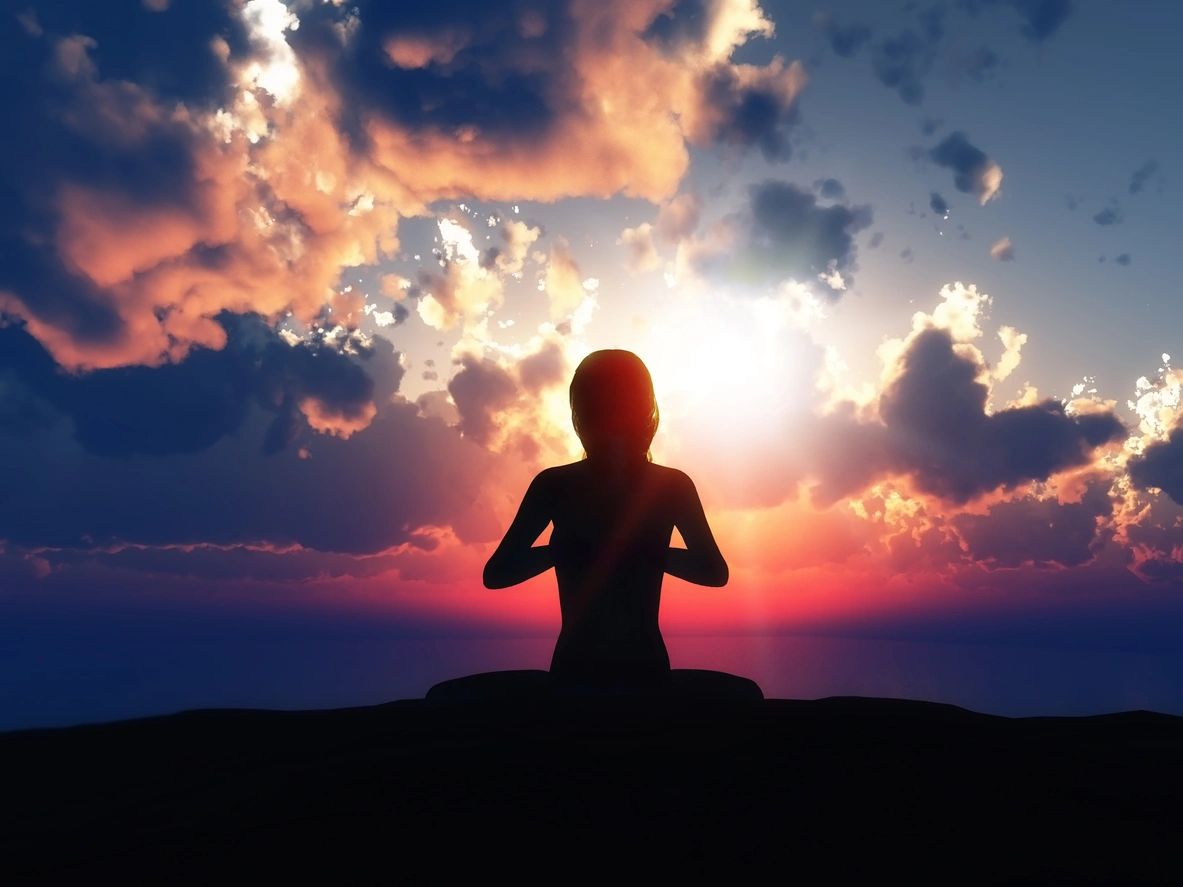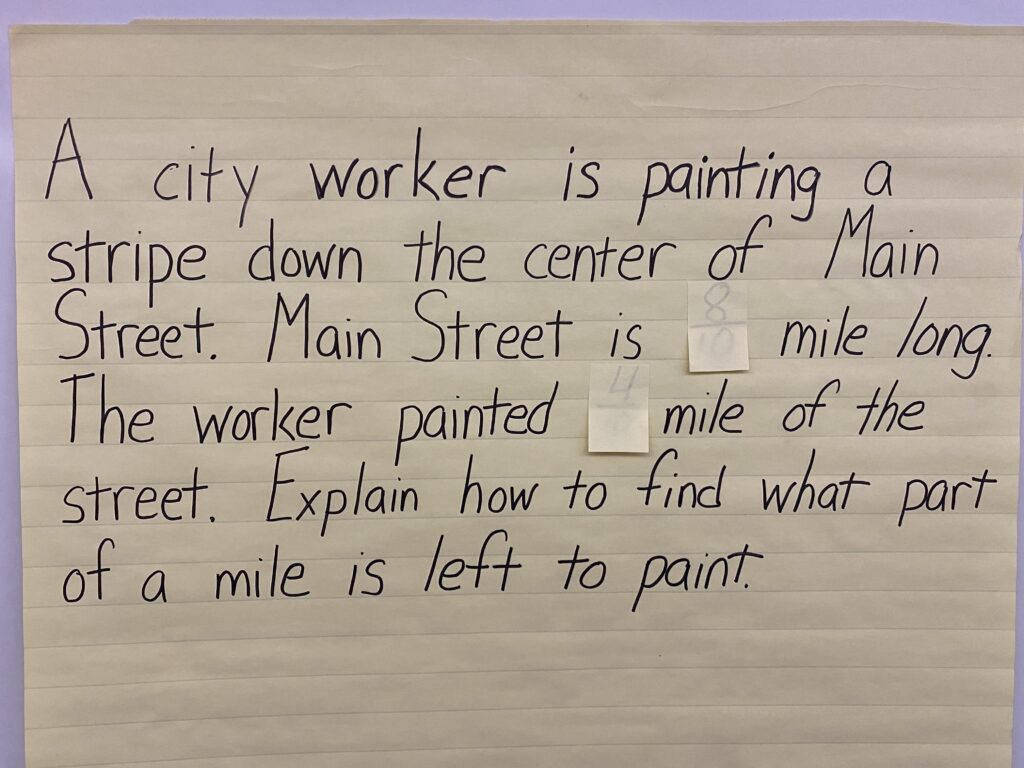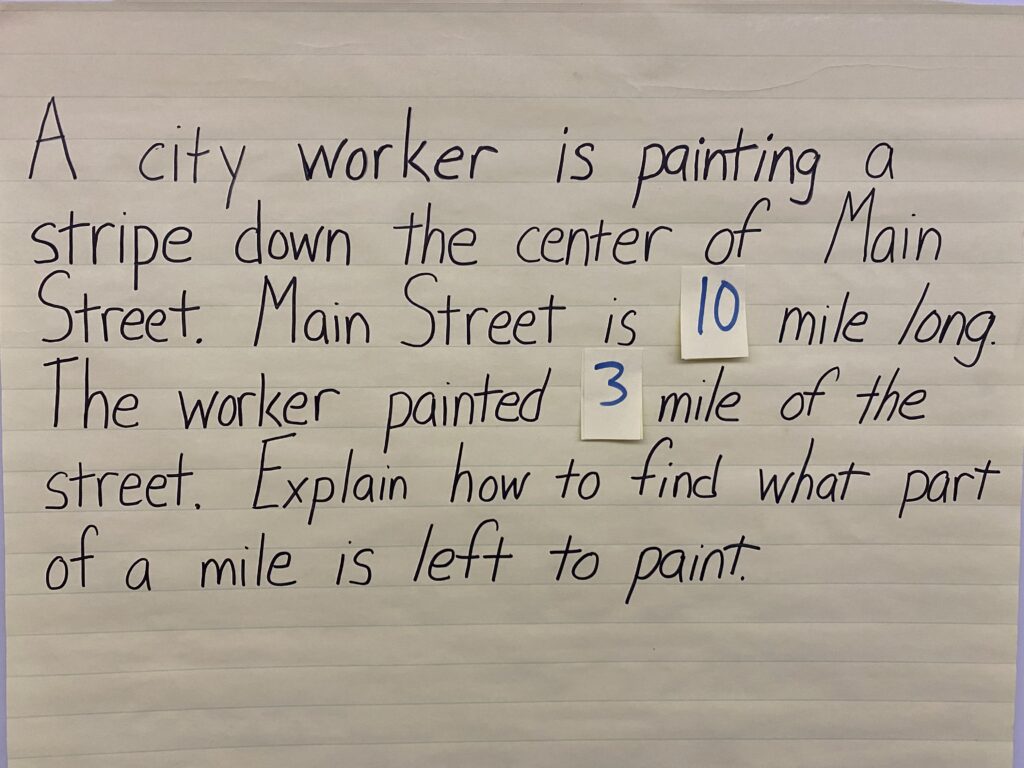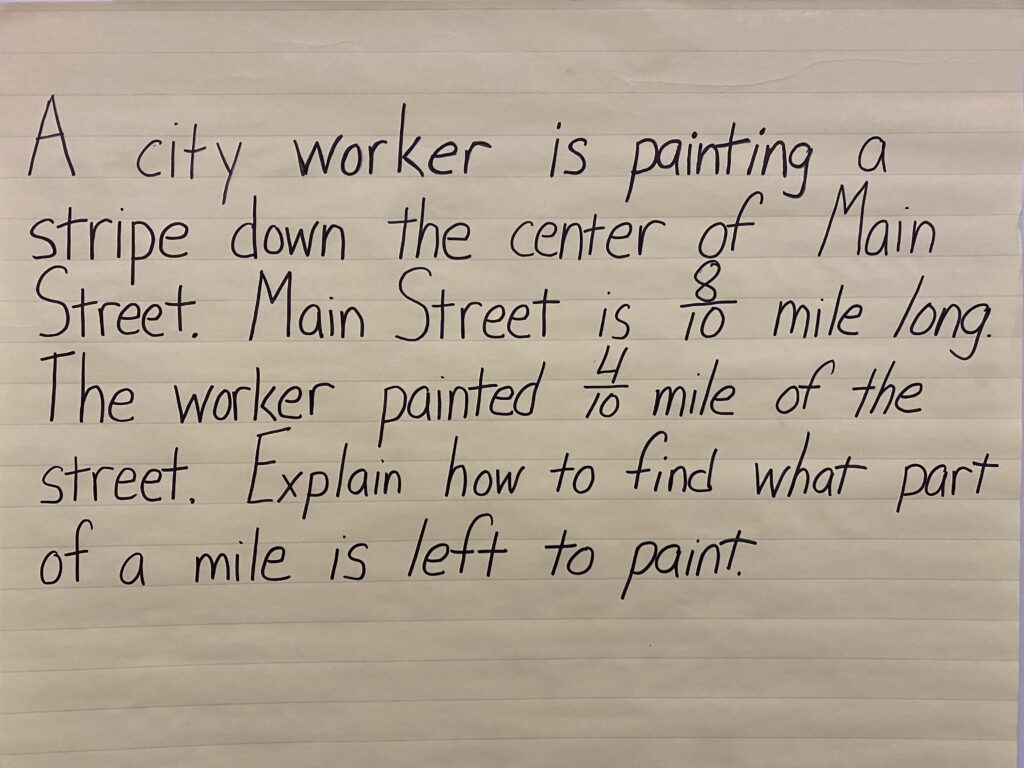A couple days ago my daughter was playing the piano for her grandparents. They love listening to her play songs she’s learning or old recital numbers. At least twice a week she’s playing for them after dinner. What makes this a really remarkable feat is that my in-laws live six hours away in New England. They’re able to watch and listen to my daughter play because of FaceTime.
Do I worry about the impact smartphones and other devices will have on my daughter as she gets older? Sure, I do. I’m a parent, so I pretty much worry about everything. It’s part of the job. But I also know that there are some amazing things this technology can do for my ten-year-old daughter – playing the piano for her grandparents, virtual field trips, research at the tip of her finger.
Just this week I was involved in a discussion about the rise in student anxiety across zip codes, socio-economic status, gender, and race. The common consensus among those involved in the conversation was that technology was to blame.
New research, however, is challenging that line of thinking. The researchers, lead by Candice Odgers, a professor at the University of California, Irvine, believe that devices are not the sole culprit but are just shining a light on an underlying mental health problem a child would have even without smartphones.
After reviewing other studies and data available, the researchers stated, “The review highlights that most research to date has been correlational, focused on adults versus adolescents, and has generated a mix of often conflicting small positive, negative and null associations.” Correlation does not equal causation. Just because the increase in smartphones and mental health problems in the United States happened at the same time, doesn’t necessarily mean one causes the other.
Some evidence to support such a claim can be found across the Atlantic. Larger parts of Europe have seen an equal increase in smartphone use without an equal increase in anxiety and other mental health disorders. If the smartphone was the problem then these parts of Europe would see an increase in anxiety comparable to the United States.
According to the study, the United States has been an outlier in suicide rates worldwide. Every adolescent age group in the U.S. has seen a rise in suicide deaths from 1999 to 2017. The greatest increase has been among girls 10-14. This group has seen rates triple during that same time. Worldwide, suicide rates have dropped during this same time period.
So what, other than smartphones, could be contributing to an increase in anxiety and mental health concerns? Jeff Hancock, founder of the Stanford Social Media Lab, offered some other possibilities for what might be making our kids anxious: climate change, income inequality, or rising student debt.
“The current dominant discourse around phones and well-being is a lot of hype and a lot of fear,” Hancock said, according to the New York Times. “But if you compare the effects of your phone to eating properly or sleeping or smoking, it’s not even close.”
Are there drawbacks to an increase in technology at our kids’ fingertips? Sure. We obviously don’t want children so involved on their devices that they don’t go outside and get exercise or have healthy conversations with people. This research, however, argues that the smartphone might not be the real reason children are more anxious.
We should still allow our children and students to have access to devices, but we need to have conversations about using them appropriately. Like any technological advancement, there are benefits and drawbacks. We just need to make sure we truly understand both.












